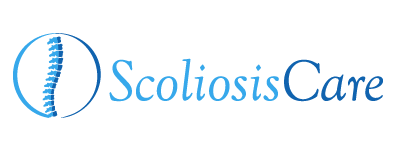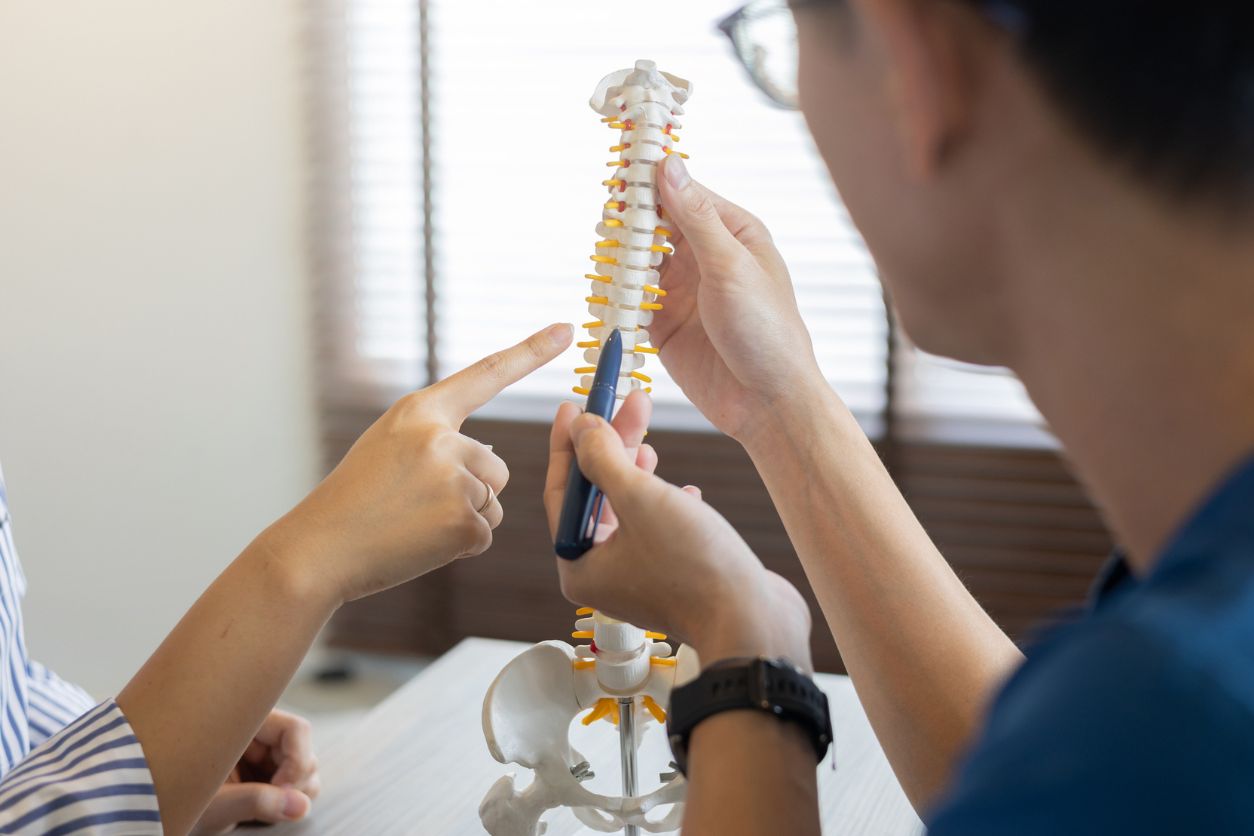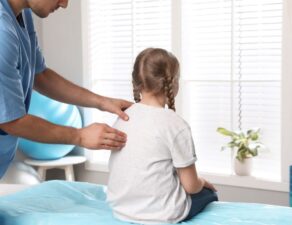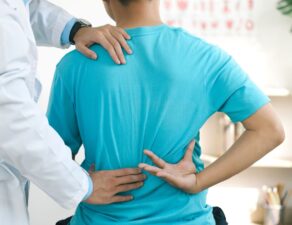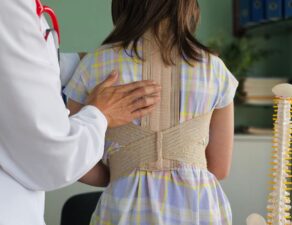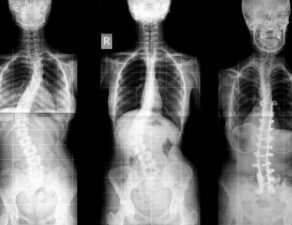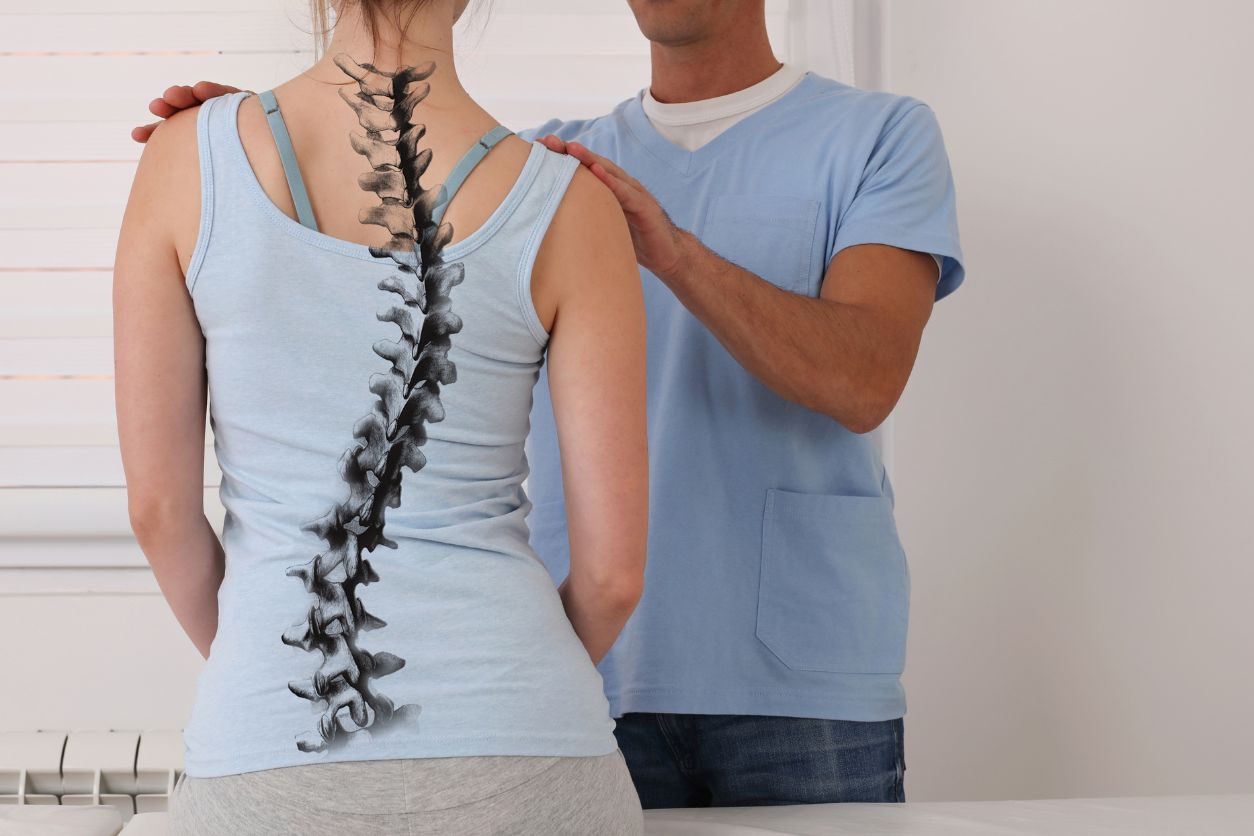
Scoliosis isn’t a one-size-fits-all condition. It comes in different forms, depending on the direction, location, and cause of the curve. One of the most common patterns is dextroscoliosis, which refers to a spinal curvature that bends to the right side. This type of curve can occur in both children and adults and may affect various parts of the spine, most often the thoracic (mid-back) region.
At Scoliosis Care, Dr. David Siambanes specializes in identifying, diagnosing, and treating all forms of scoliosis, including dextroscoliosis. Whether you’re newly diagnosed or exploring treatment options, this guide can help you understand what dextroscoliosis is, what symptoms to watch for, and how you can effectively manage it.
What Is Dextroscoliosis?
The term “dextroscoliosis” comes from the Latin root “dextro,” meaning right and the Greek word “skolios,” meaning bent or crooked. In this condition, the spine curves laterally to the right, forming a C- or S-shaped pattern depending on its severity and complexity.
Dextroscoliosis is most commonly found in the thoracic spine, but it can also occur in the lumbar (lower back) or thoracolumbar (mid-lower back) regions.
What Causes Dextroscoliosis?
Dextroscoliosis can develop for several reasons. In some patients, especially children and adolescents, this type of scoliosis is idiopathic, meaning there’s no clear underlying cause. In others, it may result from:
- Congenital spine abnormalities
- Neuromuscular conditions like cerebral palsy or muscular dystrophy
- Degenerative changes in the spine due to aging
- Trauma or spinal injury
In rare cases, dextroscoliosis may develop due to a tumor or other abnormal growth, which is why a full evaluation with imaging is critical to rule out serious underlying causes.
Symptoms of Dextroscoliosis
The symptoms of dextroscoliosis vary depending on the degree of curvature, the location of the curve, and the patient’s age and overall health.
In mild cases, dextroscoliosis may not cause pain or noticeable symptoms. It may be discovered incidentally during a school screening or routine physical exam.
In moderate to severe cases, patients may experience:
- Uneven shoulders or hips
- A visible curve in the spine, especially when bending forward
- One shoulder blade that sticks out more than the other
- Rib hump or rotational asymmetry
- Chronic back pain or stiffness
- Muscle imbalance and fatigue
- Reduced lung capacity if the curve affects the thoracic spine
Adults with degenerative dextroscoliosis may also experience nerve-related symptoms, such as tingling, numbness, or weakness in the lower limbs due to spinal compression.
How Dextroscoliosis Is Diagnosed
Accurate diagnosis starts with a thorough physical examination and is confirmed through imaging studies.
Dr. Siambanes may perform or order:
- Standing X-rays to determine the degree and location of the curve
- MRI or CT scans if there is concern about nerve involvement or underlying abnormalities
He may also calculate the Cobb angle measurement to assess the curve’s severity. Dextroscoliosis is typically diagnosed when the Cobb angle is greater than 10 degrees and the curve points to the right.
Is Dextroscoliosis More Serious Than Other Types?
Not necessarily. However, since dextroscoliosis most often affects the thoracic spine, it may be more likely to interfere with lung function or rib positioning in some patients.
That said, the severity of symptoms doesn’t always correlate with the degree of curvature. Some people with relatively large curves may feel no pain, while others with milder curves may struggle with daily discomfort or reduced mobility.
This is why personalized care is essential. Dr. Siambanes takes the entire clinical picture into account, not just the X-ray results, to develop the most appropriate treatment plan for each patient.
Treatment Options for Dextroscoliosis
Treatment for dextroscoliosis depends on factors like age, growth potential, curve severity, and symptom progression.
Non-surgical Options
- Observation: For mild cases, especially in growing children, regular monitoring may be all that’s needed.
- Bracing: In moderate cases, especially among adolescents, bracing can help prevent the curve from progressing.
- Physical Therapy: Customized exercise programs can improve posture, reduce muscle imbalances, and strengthen the core.
- Pain Management: For adults, especially those with degenerative scoliosis, pain management techniques such as physical therapy, injections, or chiropractic care may offer relief.
Surgical Options
Surgery may be considered when the curve is severe (typically greater than 45–50 degrees), progressing rapidly, or causing significant symptoms like pain or difficulty breathing.
Procedures may include:
- Spinal fusion using rods and screws to stabilize and straighten the spine
- Growing rods in pediatric cases where spinal growth must be preserved
- Revision surgery in adults who have had previous procedures that need correction
Why Experience Matters: Dr. David Siambanes and Scoliosis Care
Dr. Siambanes has treated scoliosis for more than 25 years, specializing in both pediatric and adult spinal deformities. He understands that no two cases of scoliosis are the same, as they may affect posture, breathing, or quality of life in different ways.
With Dr. Siambanes, each patient receives a personalized, data-informed treatment plan with compassionate, expert guidance. Whether your curve is mild and needs monitoring or severe and requires surgical correction, you’ll receive care tailored to your individual needs.
Concerned About Dextroscoliosis?
If you’ve been diagnosed with dextroscoliosis or suspect any form of scoliosis, don’t wait to get it checked. Early diagnosis and monitoring can help prevent complications later on.
Click here to request a consultation with Dr. Siambanes at Scoliosis Care to discuss your or your child’s condition and explore your treatment options.
